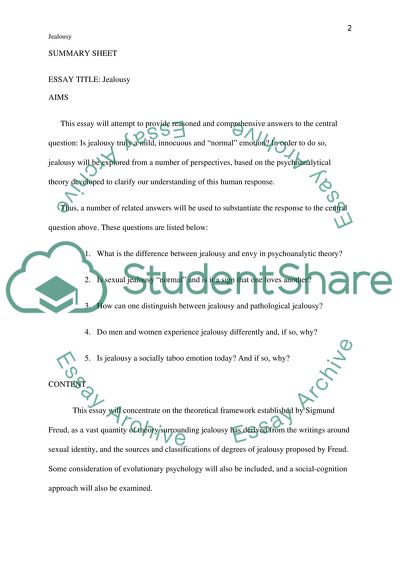Cite this document
(“Ealousy is one of those affective states, like grief, that may be Essay”, n.d.)
Retrieved from https://studentshare.org/psychology/1433174-ychjealousy-is-one-of-those-affective-states-like
Retrieved from https://studentshare.org/psychology/1433174-ychjealousy-is-one-of-those-affective-states-like
(Ealousy Is One of Those Affective States, Like Grief, That May Be Essay)
https://studentshare.org/psychology/1433174-ychjealousy-is-one-of-those-affective-states-like.
https://studentshare.org/psychology/1433174-ychjealousy-is-one-of-those-affective-states-like.
“Ealousy Is One of Those Affective States, Like Grief, That May Be Essay”, n.d. https://studentshare.org/psychology/1433174-ychjealousy-is-one-of-those-affective-states-like.


